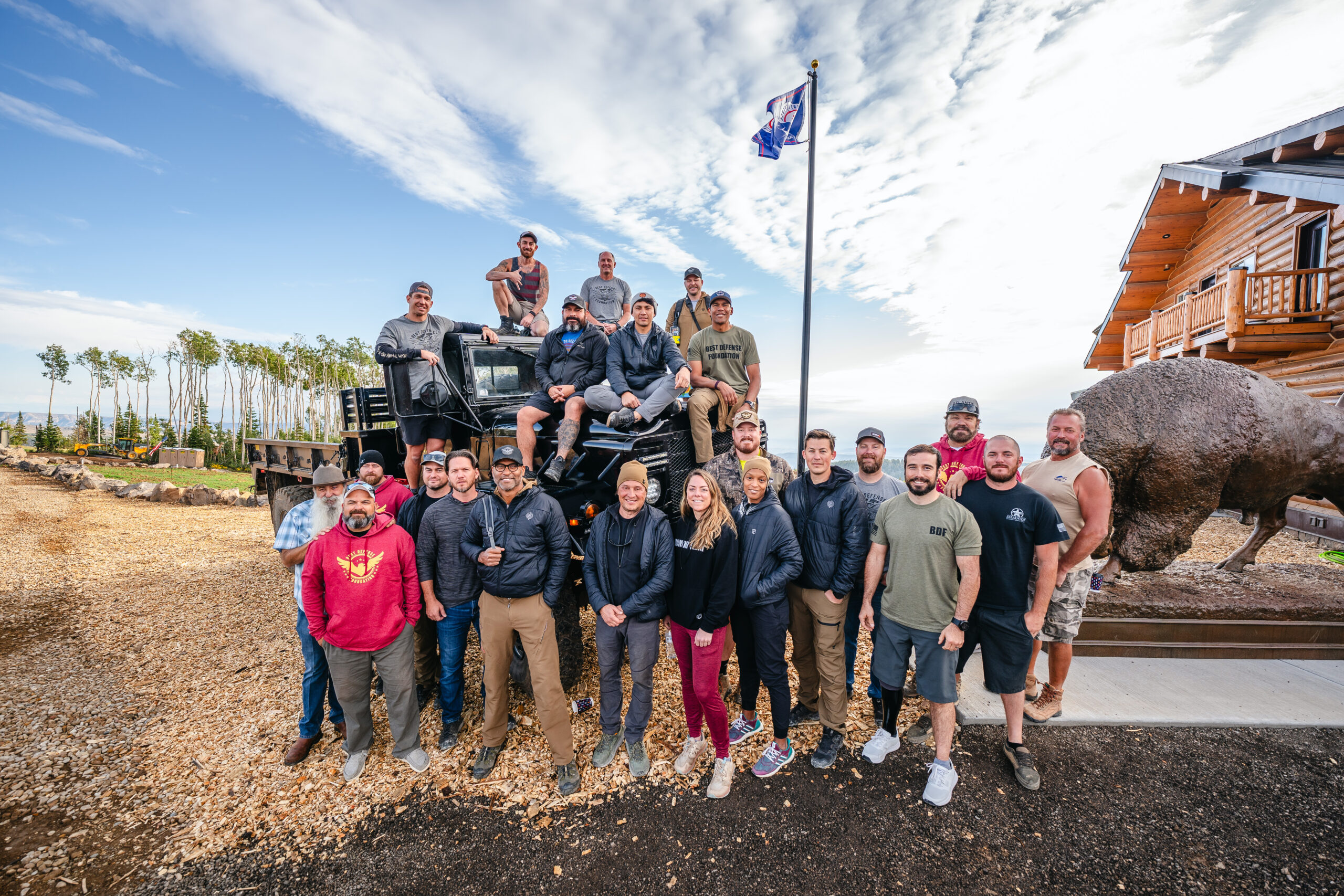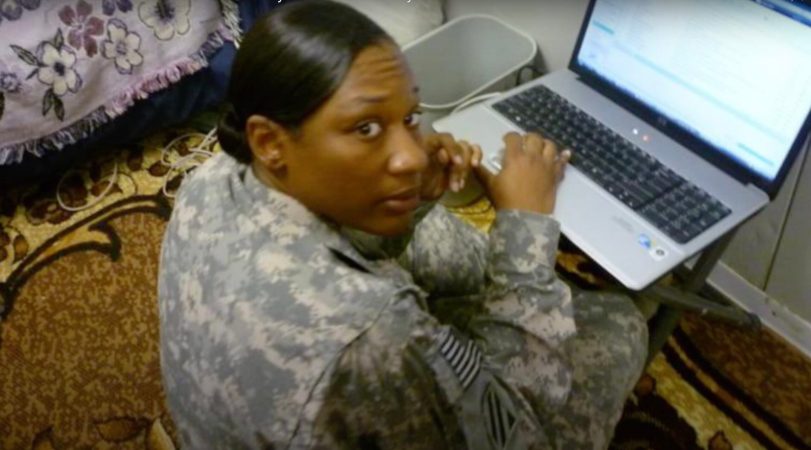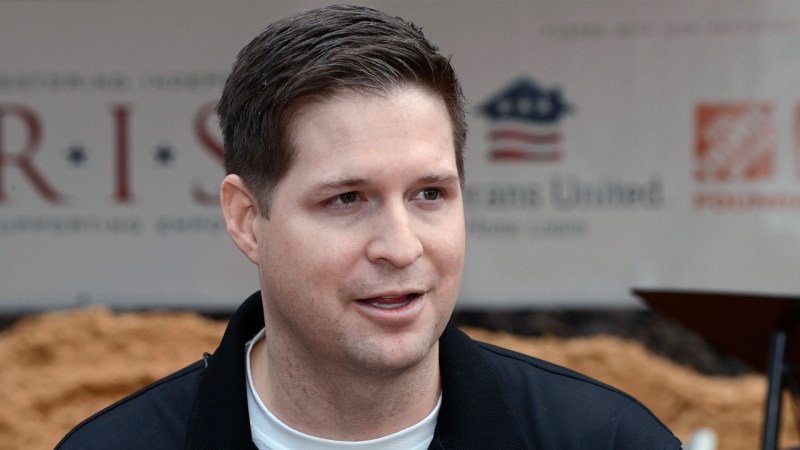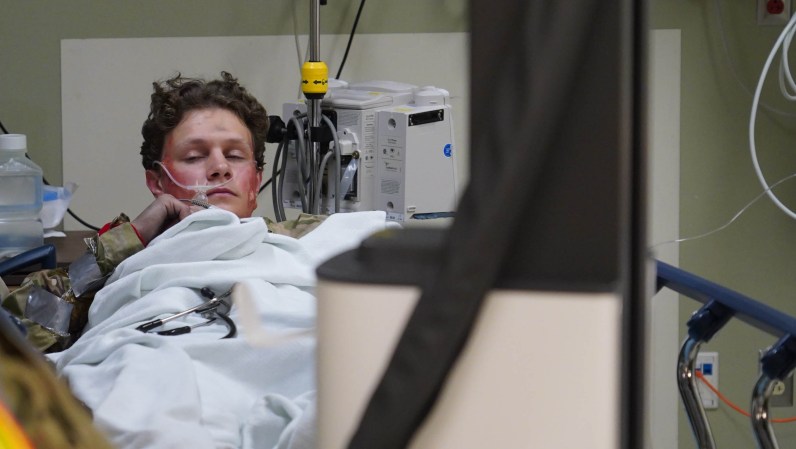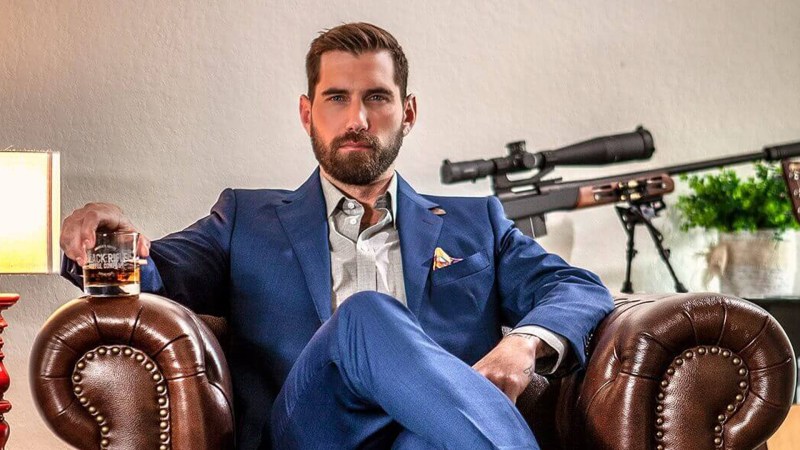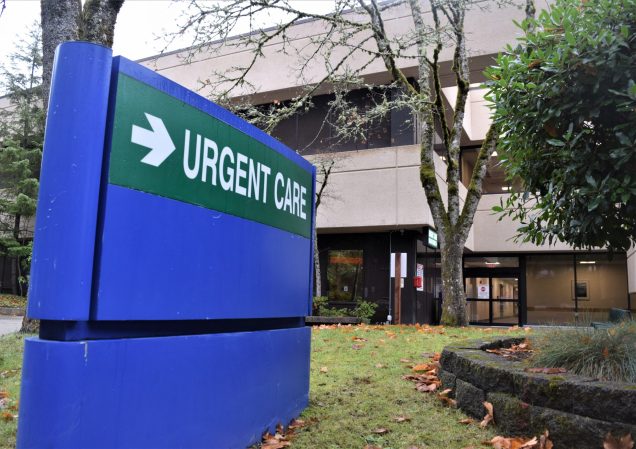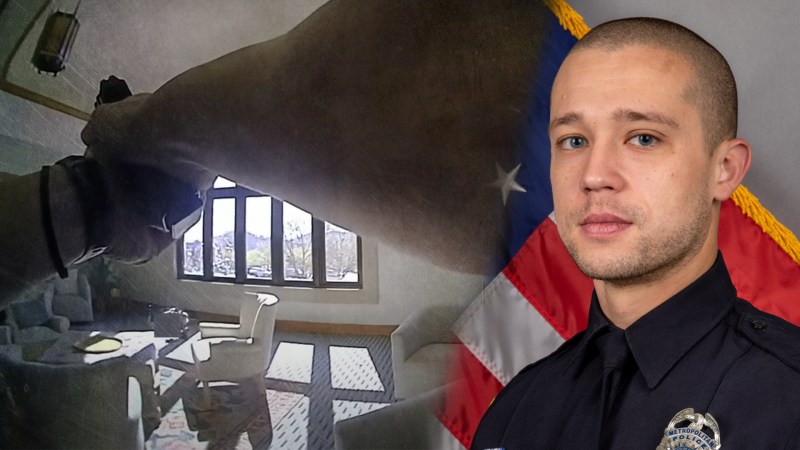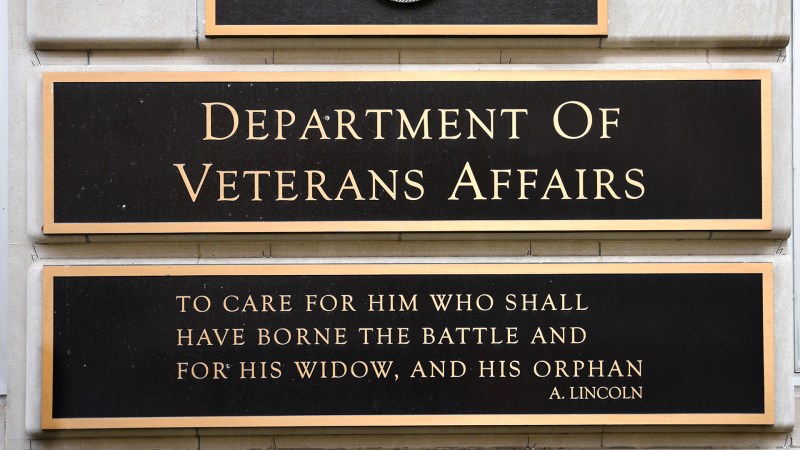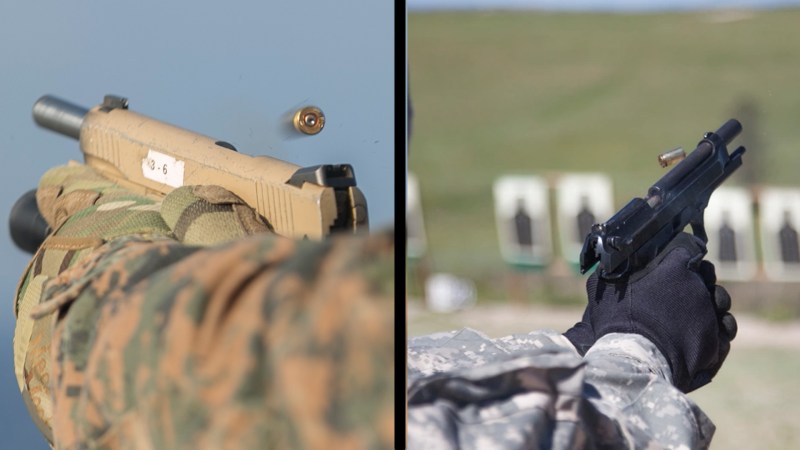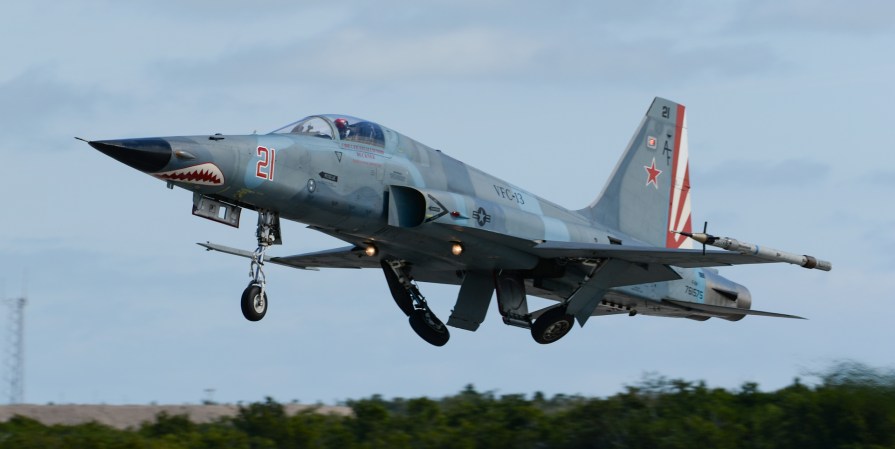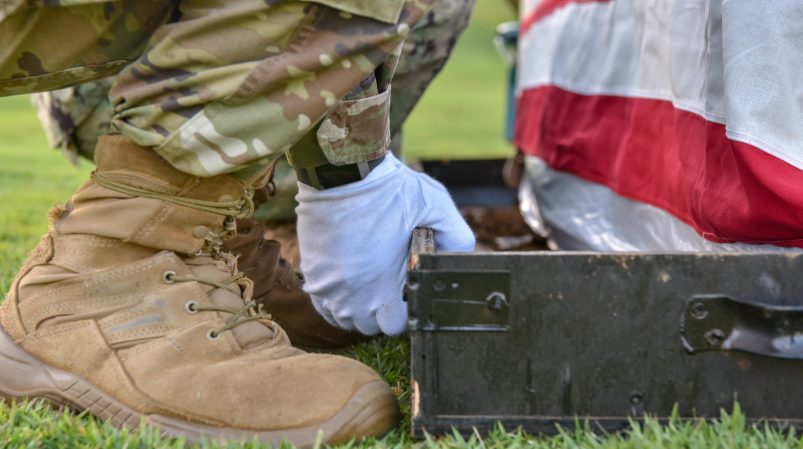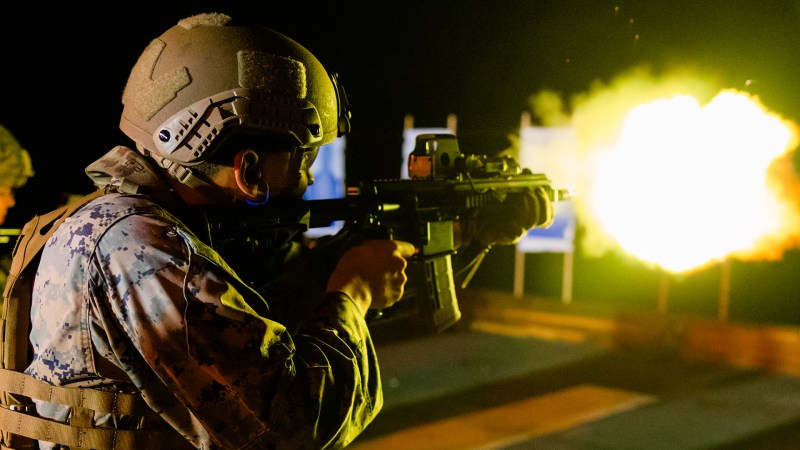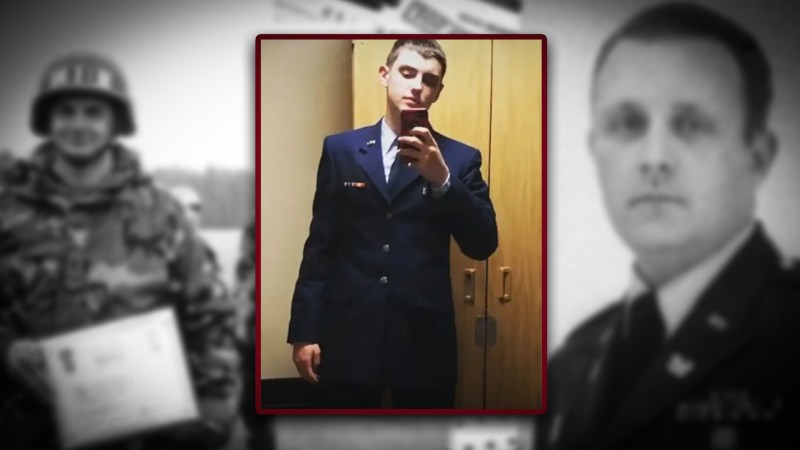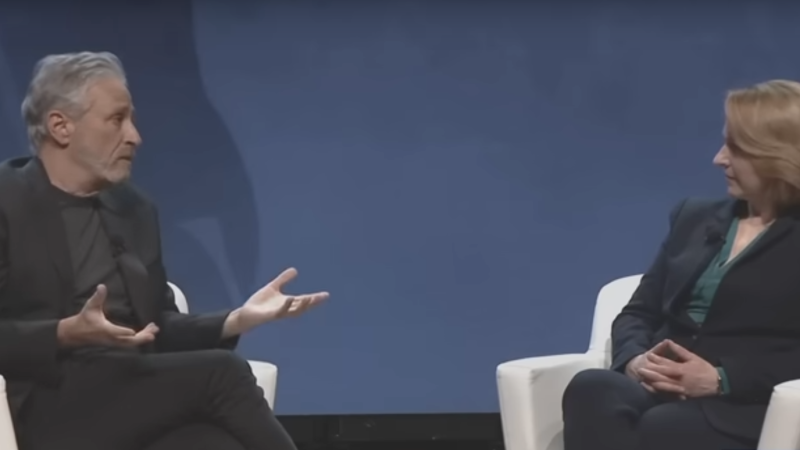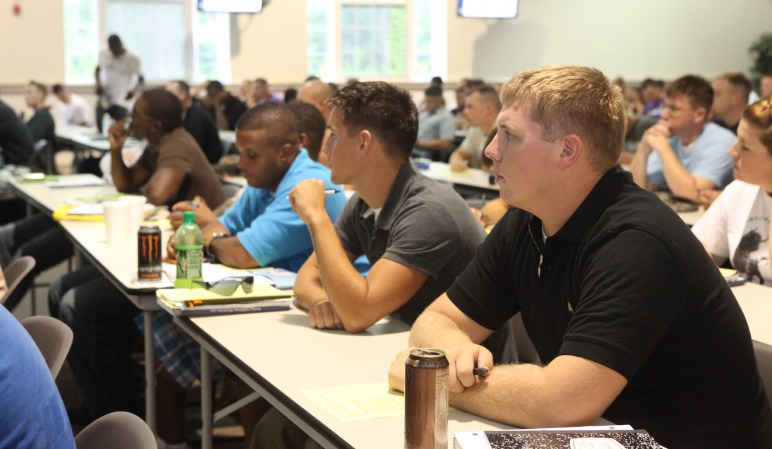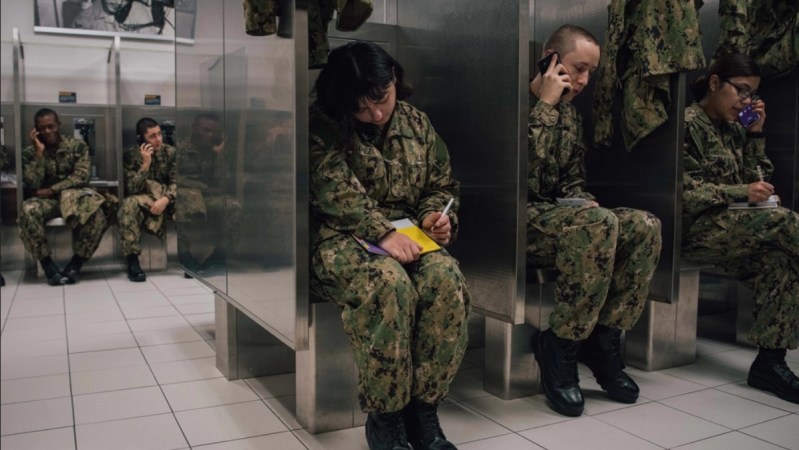Special operations veterans, doctors, and former NFL players were breathing hard as they hiked up a gradual incline in the mountains of Utah on a cool autumn morning. It was the 22nd anniversary of the 9/11 terror attacks and the group was almost at their turnaround point: a massive American flag flying 10,200 feet above sea level.
They gathered around the flag pole, and an FDNY firefighter who responded at Ground Zero the day of the terror attacks spoke with the group, followed by some veterans sharing their experiences before and after that fateful day.
“Standing on top of that mountain underneath that giant flag on the anniversary of 9/11 with a New York Firefighter and my military brothers was definitely a full circle moment,” said former Navy SEAL Alex Buggy. “Twenty-plus years of reflecting on war, pain, sacrifice, and service. The opportunity to continue serving our community is a special privilege, and I felt incredibly grateful.”
Buggy is one of the masterminds behind the Best Defense Foundation’s Stronghold Transition Program. After connecting with the Foundation’s founder and former NFL linebacker, Donnie Edwards, the two developed the program after reaching out to the special operations community to find out what was missing. Edwards, buggy, and the rest of the Foundation’s team developed a plan and made connections with donors to support it. The first program launched in 2019.
Fast forward to today, and the third iteration recently concluded on Sept. 15 after a jam-packed week at the new Atlantis Lodge located at Bruin Point, Utah. Mike Siaperas and his Range Valley Ranch team built the lodge after growing out of their original small, separate cabins so veterans could come together under one roof and heal in an outdoor setting. Now program participants enjoy a massive log cabin complete with bidets and a view so grand you can see Colorado from the back deck.
Finding common ground
The interservice rivalry between most active-duty special operations units is intense. Most of the time, it’s friendly jabs about unit culture and capabilities, but the very real, very serious competitiveness found in most special operations veterans is always present. To be the best, you have to believe you are, in fact, the best.
When Duane “Flo” Flores, a former Green Beret, arrived at the airport with everyone else on Sept. 10, he knew he had a solid team despite the group being primarily SEALs with physicians and former NFL players mixed in.
“I think when you remove guys like us from those team settings, and you put us in those rooms together, it just draws you back to a different kind of team,” Flores said. “You just form a fucking team, right? That’s because we’re all the same dudes.”
Subscribe to Task & Purpose Today. Get the latest military news and culture in your inbox daily.
The idea is to unite people in different transition periods from their military and NFL careers. Some in the group are two to four years out of uniform, while others are six or more years into their transition. Because of the varying stages of life each participant is in, everyone can offer advice and connections for problems the others may be going through or will soon go through.
“We talk about the tools you have in service and use them to your advantage moving forward. A part of that is the overall understanding of where you are, acknowledging you are in transition, and knowing what to expect,” Edwards said. “It’s knowing what resources are available and understanding that what you did in the past is not who you are today. It’s just part of your book you are still writing.”
Five stars and three guns
The parallels between the two professions were a bonding force within the group. Each day started with a morning ‘ruck’ but was more of a light to moderate hike, giving the NFL alums and special operations veterans time to discuss the struggles they had in common, like high divorce rates and what it’s like to lose the proverbial locker room. They swapped life strategies based on their unique experience in the big leagues or on the battlefield, each participant bringing something valuable to the table.
Back at the cabin, gourmet meals were served between each event, and discussions were had with the doctors present for the program: Dr. Kate Pate is a neurophysiologist and researcher, Dr. Bronner Handwerger is a Naturopathic Medical Doctor, and Dr. Nyaka NiiLampti is a psychologist and Vice President of Wellness and Clinical Services.
The three doctors covered alternative medicine, Traumatic Brain Injury, Operator Syndrome, gut health, and several other common ailments prevalent in both the special operations and professional football world.
Everyone took part in long-range shooting, skeet shooting, and 3-gun stages. They drove side-by-side ATVs from the lodge down to the Nine Mile Canyon, stopping at different trails to hike and visit the extensive petroglyphs found throughout the canyon.
Each participant appeared to gather puzzle pieces throughout the day but didn’t know how to put them together. As evening approached and the sun dipped below the horizon, the group gathered around a massive propane fire table and assembled their puzzle pieces.
“Those fireside chats bring the guys in and help them understand, ‘Hey, this is kind of where I’m coming from, and this is why I’m here,’” Buggy said. “So Donnie [Edwards] has done a great job of finding NFL veterans that ‘get it.’ We have a shared experience of leaving a team and then feeling isolated and trying to figure out what the next chapter of our life looks like.”
Joshua Skovlund has a professional relationship with the Best Defense Foundation as their social media manager.
The latest on Task & Purpose
- 101st and 82nd Airborne Division soldiers deploying to Eastern Europe
- Have you seen me? All the best ‘Missing F-35’ memes
- Marine Corps searching for F-35 after pilot ejects in South Carolina
- Senate bypasses Tuberville on Joint Chief nominations for Brown, George
- Search for missing Marine F-35B finds debris field

